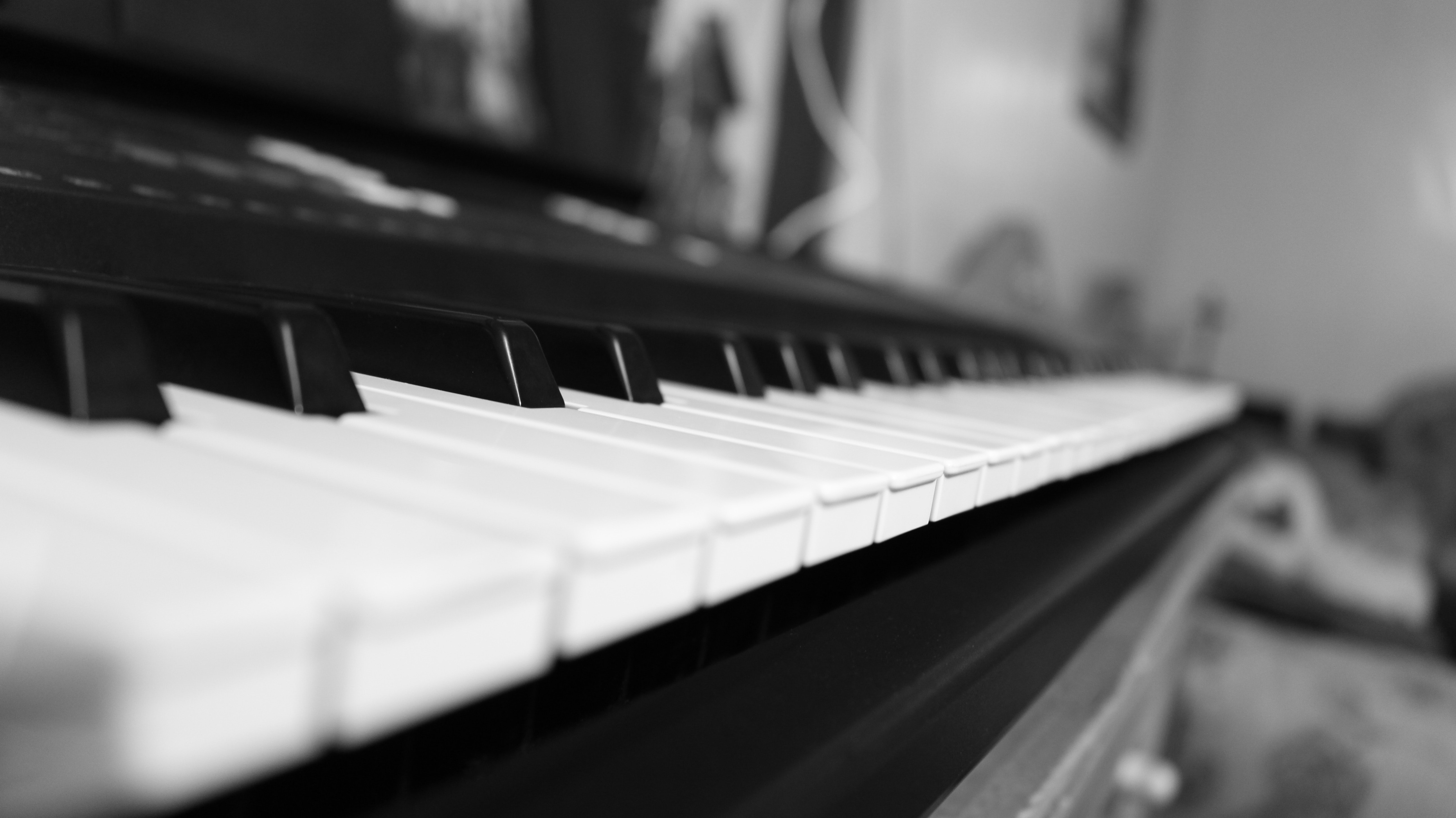The city of New Orleans has contributed much to not only America, but also the entire world, since its inception 300 years ago. The city has given the world great food, a unique cultural atmosphere, and, especially, wonderful music. New Orleans has produced a number of respected musical genres throughout its history, from New Orleans rhythm and blues to sludge metal and bounce. But perhaps its greatest accomplishment to the world of music was its creation of America’s original music, aka jazz.
Jazz found its start sometime in the late 19th and early 20th centuries. Slaves from West Africa were brought to New Orleans beginning in the 18th century, and these slaves were allowed to practice some elements of their culture, which included their music. The slaves usually gathered at a special marketplace (Congo Square) and a popular red-light district (Storyville) to play music. As some slaves became more educated and were allowed more freedom, they started adopting European instruments and used them with their own techniques to create a new and unique style of music.

The earliest form of jazz (also called Dixieland) was characterized by the blending of African American and European-American musical elements together: call-and-response vocals, distinctive drumming, brass and reed instruments, and, most importantly, improvisation. Through improvisation, many other musicians were able to bring in their own style and interpretation to jazz, which helped make the genre adaptable and helped it survive throughout the centuries.
It wasn’t until the early 1900s that jazz started to become popular and spread throughout the rest of the country. Due to segregation laws, jazz was usually just played by African American musicians. However, a big factor that helped the spread of jazz was Storyville, since the district was a popular tourist destination and many jazz musicians performed there. Because of this, many jazz musicians were hired to perform in bars and brothels in Storyville, and other performers visiting the city were able to adopt jazz into popular vaudeville and minstrel shows throughout the nation. Some of the earliest jazz performers who found their start in Storyville were Jelly Roll Morton, Buddy Bolden, and Louis Armstrong.
Because of how easily it spread to the rest of the country, jazz music reached the peak of its popularity from the 1920s to the 1940s (known as the Jazz Age). While local musicians like Louis Armstrong and Jelly Roll Morton became very popular during this time, jazz really exploded onto the popular music scene when white orchestras from different cities started playing it. This era in music saw the birth of traditional big jazz bands and bandleaders like Glenn Miller and Benny Goodman, as well as African American bandleaders like Duke Ellington and Cab Calloway, and also popular vocalists like Ella Fitzgerald and Nat King Cole.
While it remained big for a long time and gave birth to numerous well-known and respected musicians, jazz slowly started to fade out of the popular music scene in the 1950s because of the nation’s growing interest in rock and roll (which was pioneered by New Orleans rhythm and blues, but that’s another story). While different European and Hispanic countries started forming their own styles of jazz at this point, America largely moved on from jazz music. This caused the genre to return home to New Orleans, where it has never ceased to flourish.

To show its love to the genre it created, the city honored (and continues to honor) jazz with the New Orleans Jazz & Heritage Festival. Founded by the New Orleans Hotel Motel Association and George Wein’s Festival Productions, Inc., Jazz Fest found its start in 1970 at Louis Armstrong Park. The festival was created to celebrate the music and culture of New Orleans, and Wein’s artistic advisers Allison Miner and Quint Davis went around to different African American clubs in the city to find performers to line up the first Jazz Fest. Through their efforts, the original Jazz Fest lineup included legends like Fats Domino, Pete Fountain, Mahalia Jackson, The Meters, Snooks Eaglin, and The Preservation Hall Jazz Band.
While the first Jazz Fest had only a modest number of people in attendance (only 350), the festival has grown exponentially year after year since then. Just last year, Jazz Fest was able to bring in about 425,000 attendees. Not only was this helped by selling limited-edition posters that are exclusive to the festival and by bringing in more nationally known musical acts, but Jazz Fest has also continued to grow because of the support and admiration New Orleanians have for jazz and all of the other genres that came from the city they love.
If you’re a local New Orleanian (from birth or migration), make sure to at least appreciate the genre that helped to shape popular music in America all those years ago. Help keep it so that jazz will be here to stay in New Orleans for the next 300 years.

